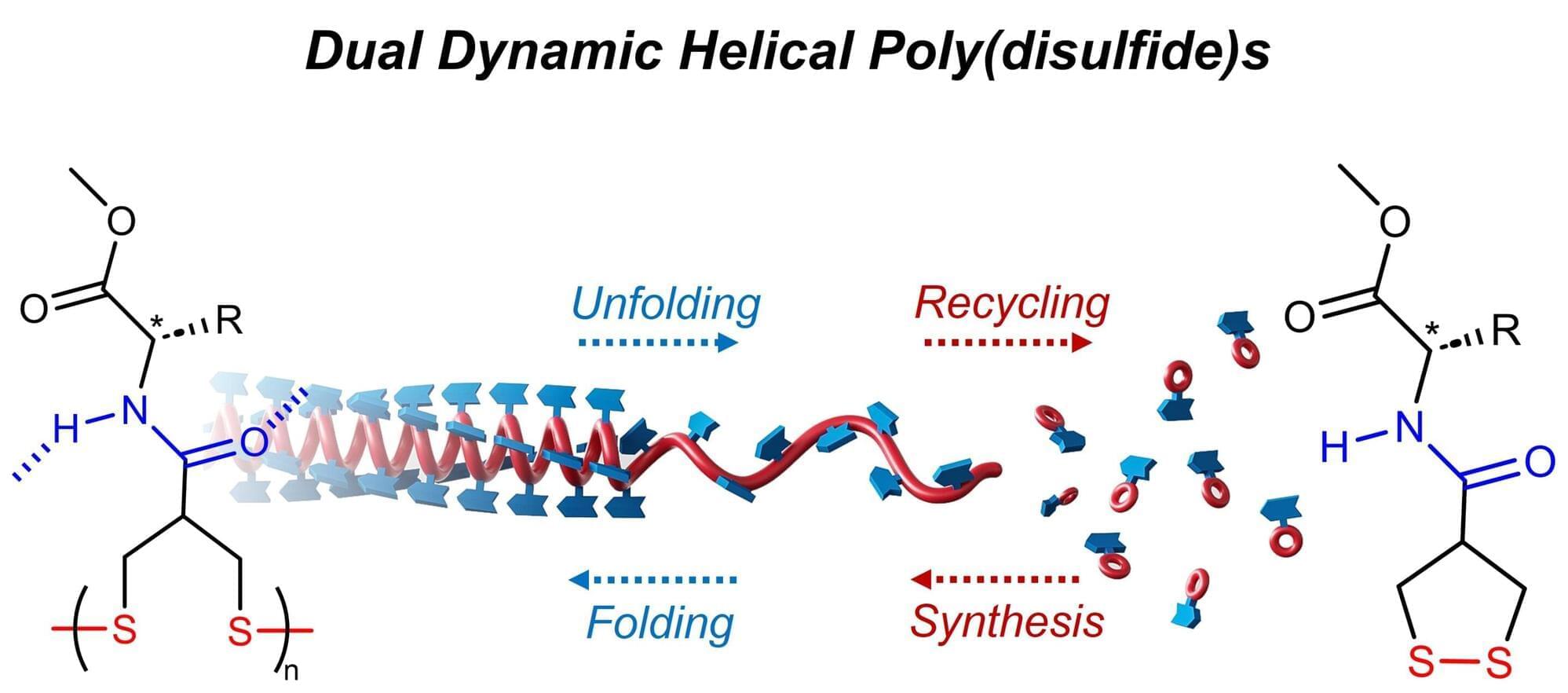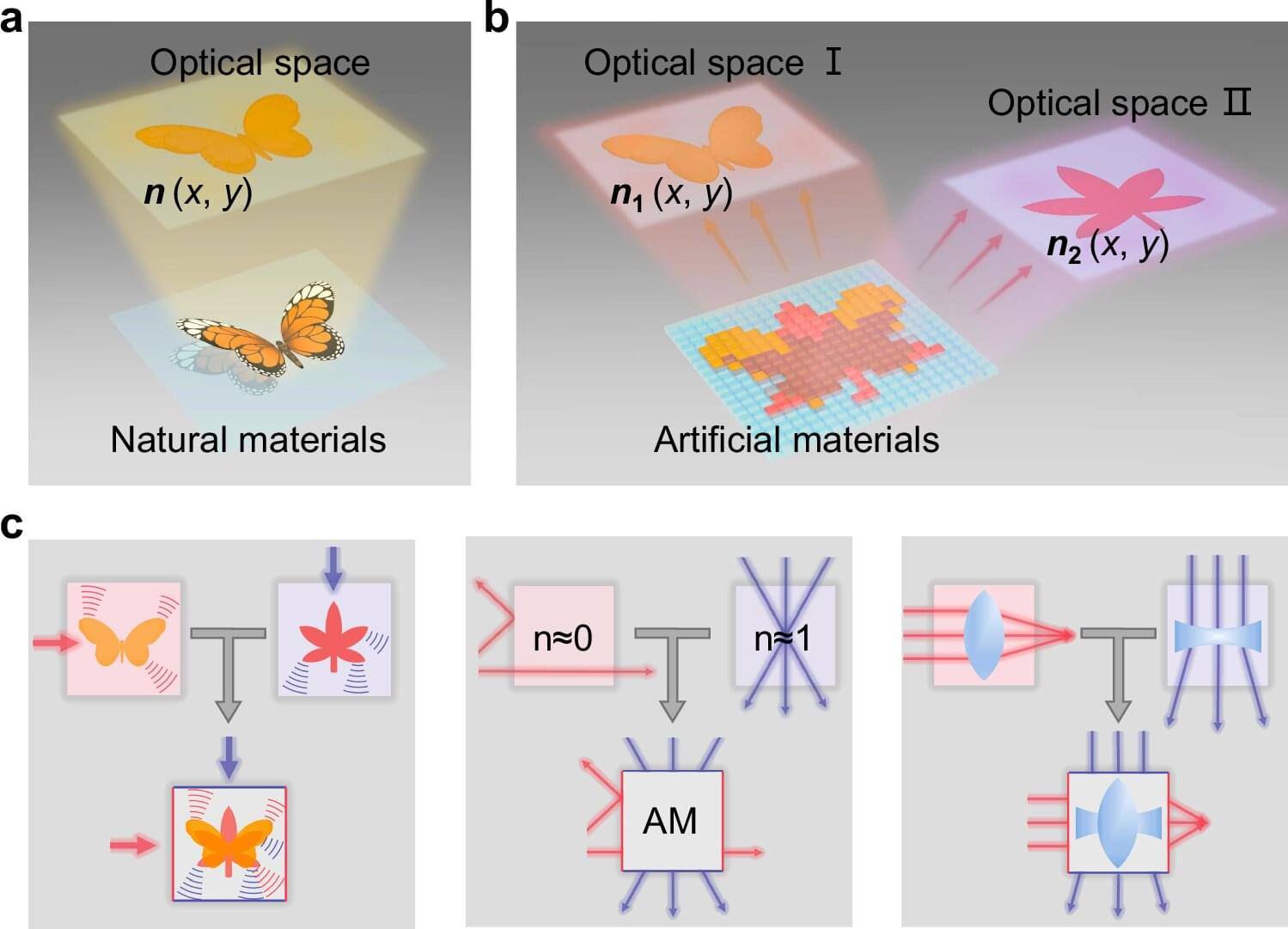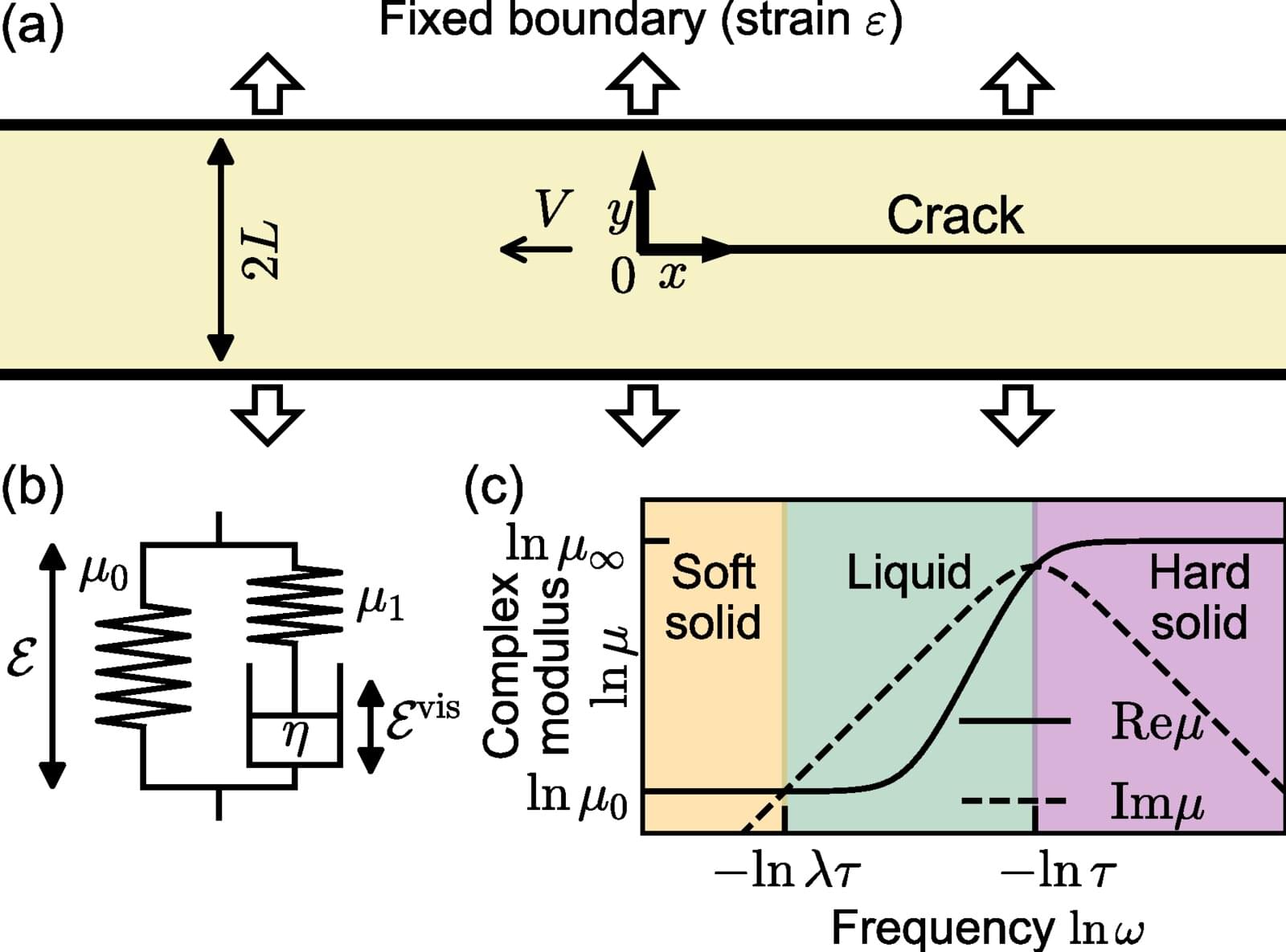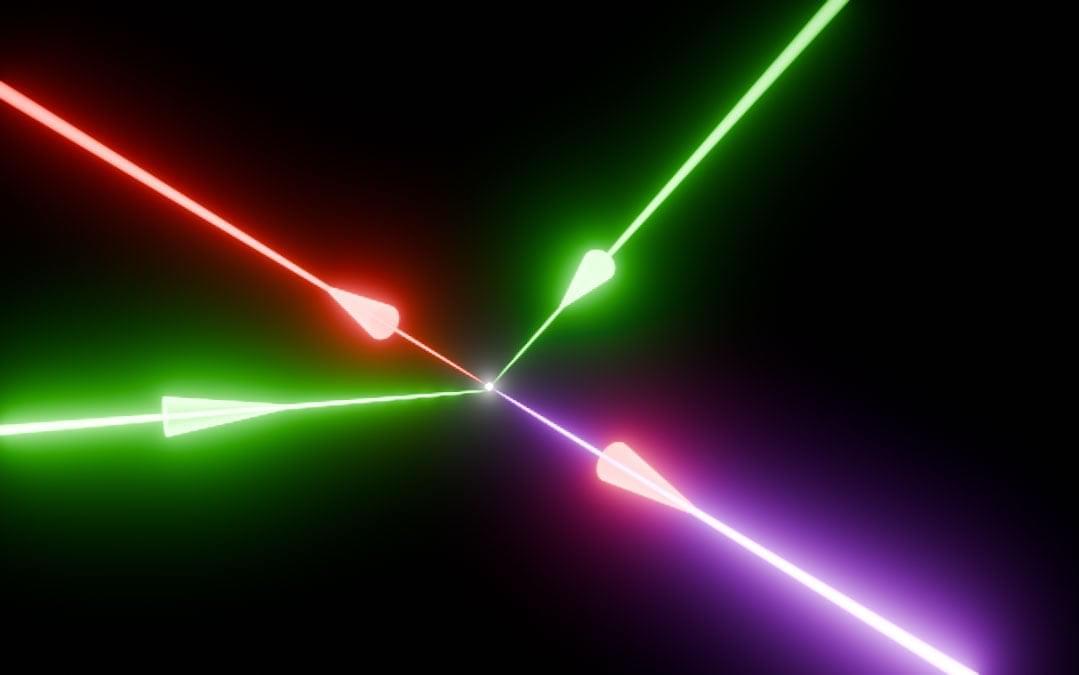Imagine a cloud that shines like a neon sign, but instead of raindrops, it contains countless microscopic dust grains floating in midair. This is a dusty plasma, a bizarre state of matter found both in deep space and in the laboratory.
In a new study, published this week in Physical Review E, Auburn University physicists report that even weak magnetic fields can reshape how these dusty plasmas behave—slowing down or speeding up the growth of nanoparticles suspended inside. Their experiments show that when a magnetic field nudges electrons into spiraling paths, the entire plasma reorganizes, changing how particles charge and grow.
“Dusty plasmas are like tiny particles in a vacuum box,” said Bhavesh Ramkorun, lead author of the study. “We found that by introducing magnetic fields, we could make these particles grow faster or slower, and the dust particles ended up with very different sizes and lifetimes.”









